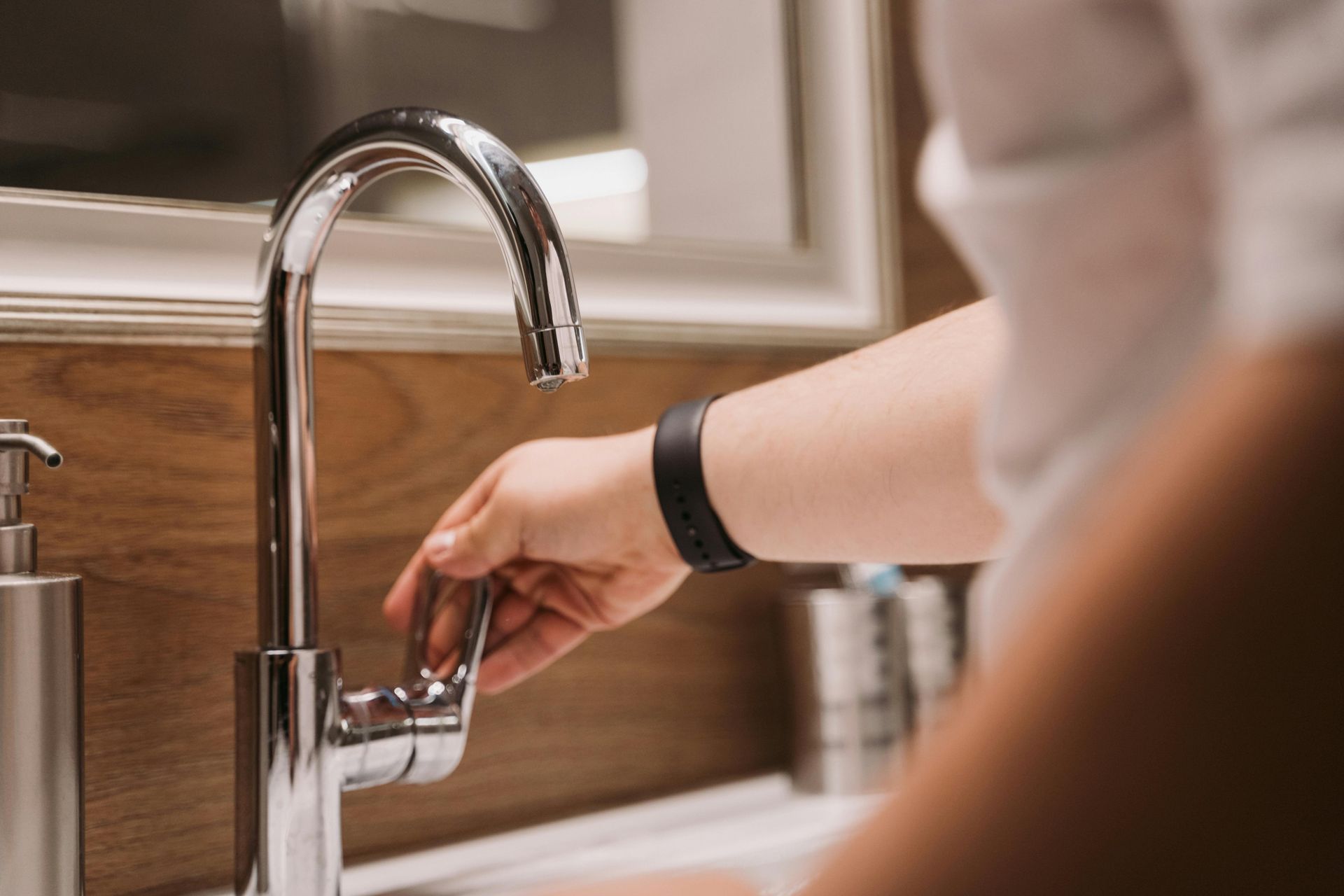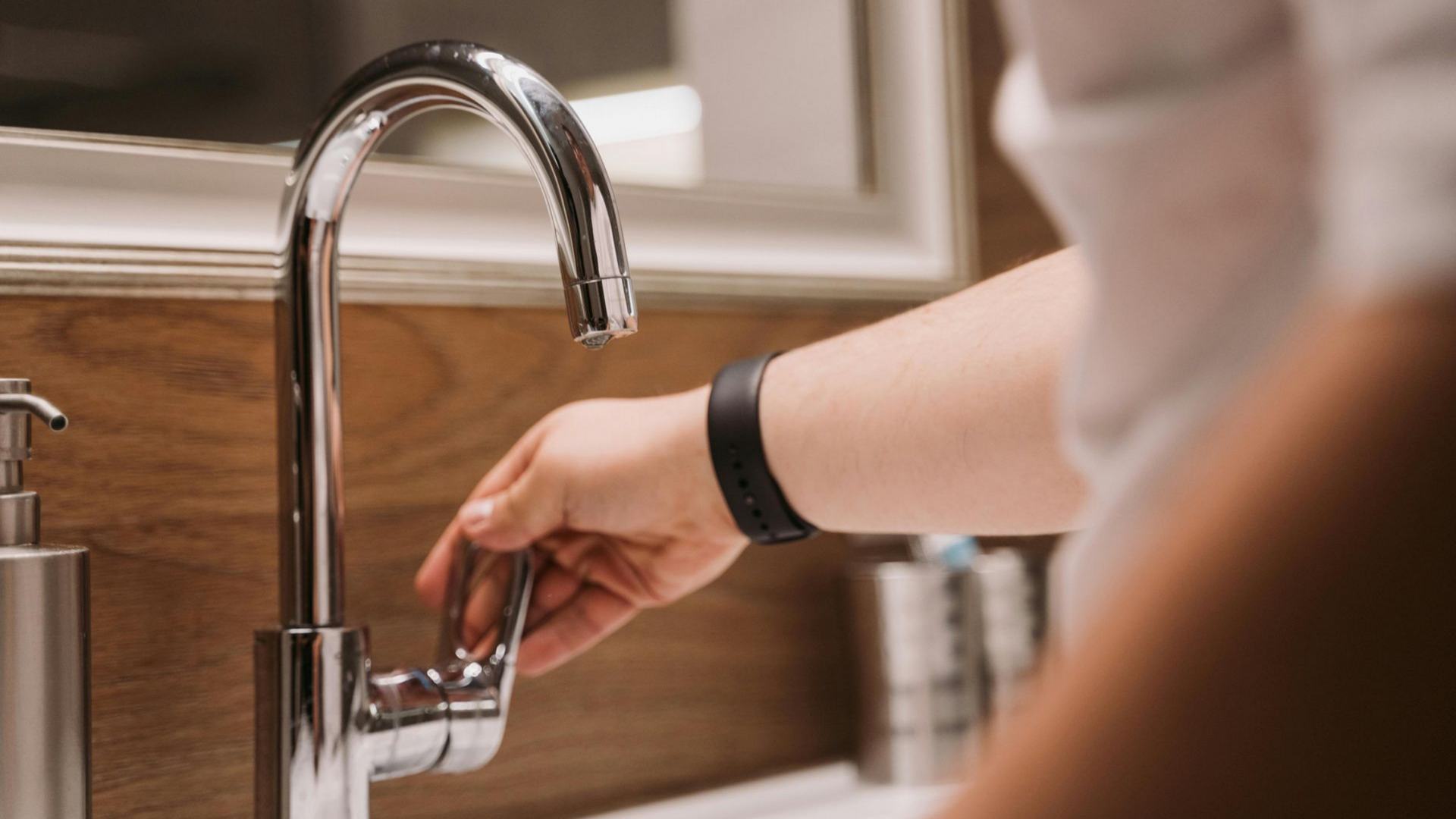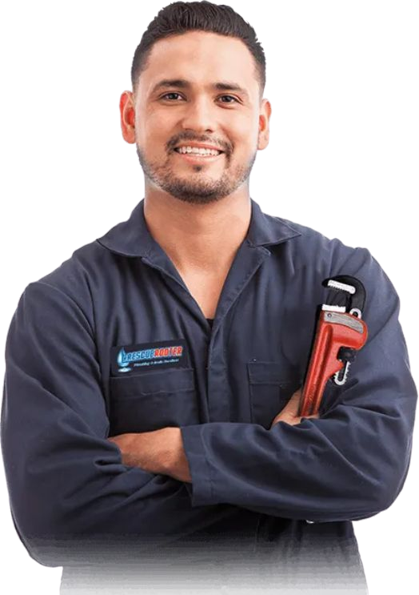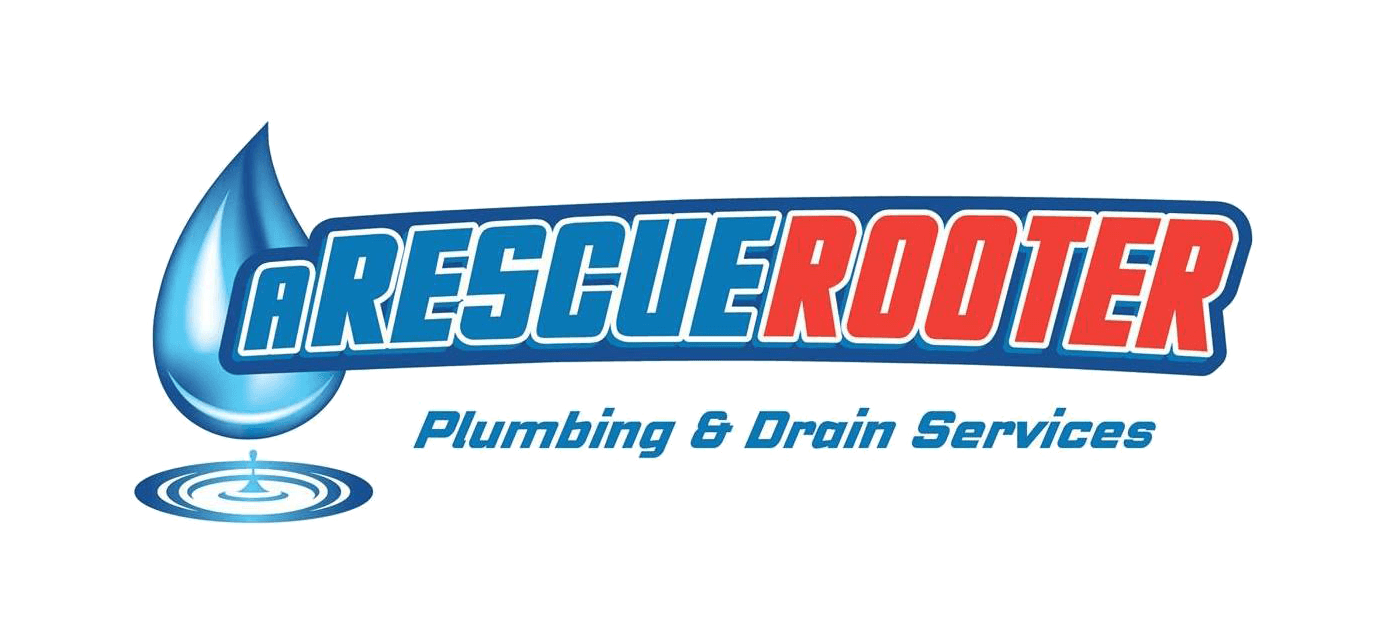10 Common Plumbing Issues & Fixes
More than likely, you’re not a plumbing expert, so there is a good chance you’ve got questions about taking care of your plumbing issues with a quick fix.
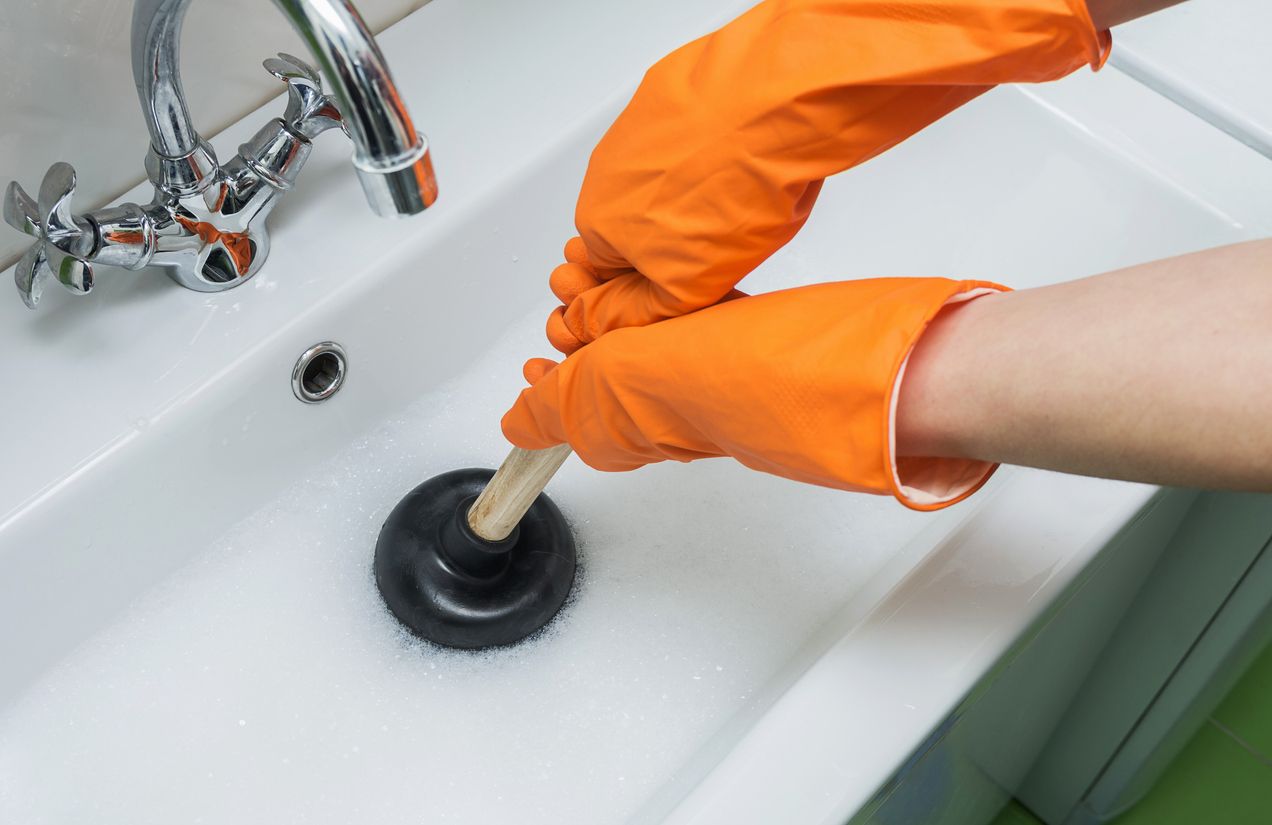
No matter what your plumbing issue is, you may be able to do a kitchen plumbing repair yourself. Or even the plumbing issues found elsewhere in St. Catherines home.
The most common issues are noted below:
1. Repair water damage. You can do this by regularly replacing caulking. If any caulking is in disrepair after water damage, fix it or replace it.
2. A pipe has burst. Turn off the water to prevent further water damage from occurring. After you have called A Rescue Rooter, it’s a good idea to turn off the electricity to be safe. It’s also a good idea to open the windows where there is water damage. Your insurance company and plumbing professional will offer advice on dealing with the aftermath of a burst pipe.
3. Dishwasher leaking. If you have a garbage disposal, the screws that are attached from the dishwasher may not be tight enough. Take a few minutes and make sure the screws are fitted tight. While you’re dealing with your dishwasher, look at the seals and give them a good clean.
4. Clogged pipes. There are quick fixes you can do. With a toilet, grab the plunger and plunge away. If it doesn’t resolve using a plunger, try a plumber’s snake. Your St. Catharines plumber can also help break the clog. If the kitchen sink gets clogged regularly, chances are that cooking grease is being poured down bathtub and sinks may get clogged from hair. Use a trap and if it’s a clog you can’t resolve, reach out to your trusted. Catharines plumber with A Rescue Rooter.
5. Replace a showerhead. Turn the taps to the off position, unscrew the old showerhead, then replace with new one. Make sure it’s screwed on tight.
6. Low shower water pressure. (See above) The showerhead may need good clean. An easy trick is attach a Ziploc sandwich bag filled with white vinegar to he shower, leave it over night to clean. You’ll be amazed by the filthy sediment in the bag.
7. Running Toilet. Push the flapper down and if it doesn’t stop the flapper will probably need replacing. Just take the old one off and replace with a new one. That is usually the issue with a consistently running toilet.
8. No hot water. Turn up the thermostat on your hot water heater.
9. Garage disposal not working. If it’s clogged, run cold water down the drain or if it’s leaking, If the leak is from the top, there is an issue with the sink flange. The flange is a ring that connects the disposal to the sink. It’s basically the bracket that mounts the disposal to the sink. It could be loose, so tighten the bolts and apply plumber’s putty. This quick repair will have your garbage disposal back to running efficiently.
10. Frozen pipes. Leave the tap running at a trickle then run your blow dryer on to the frozen pipe.
For bigger plumbing fixes in St. Catharines, call A Rescue Rooter at (905) 685-7578. There is never a premium charge for your emergency!

